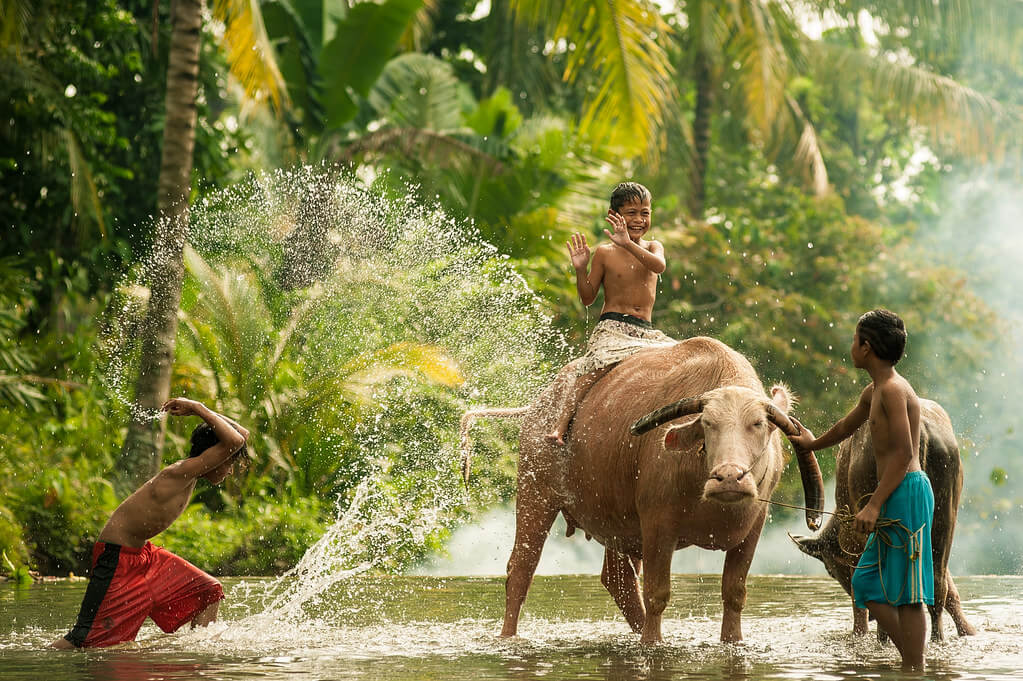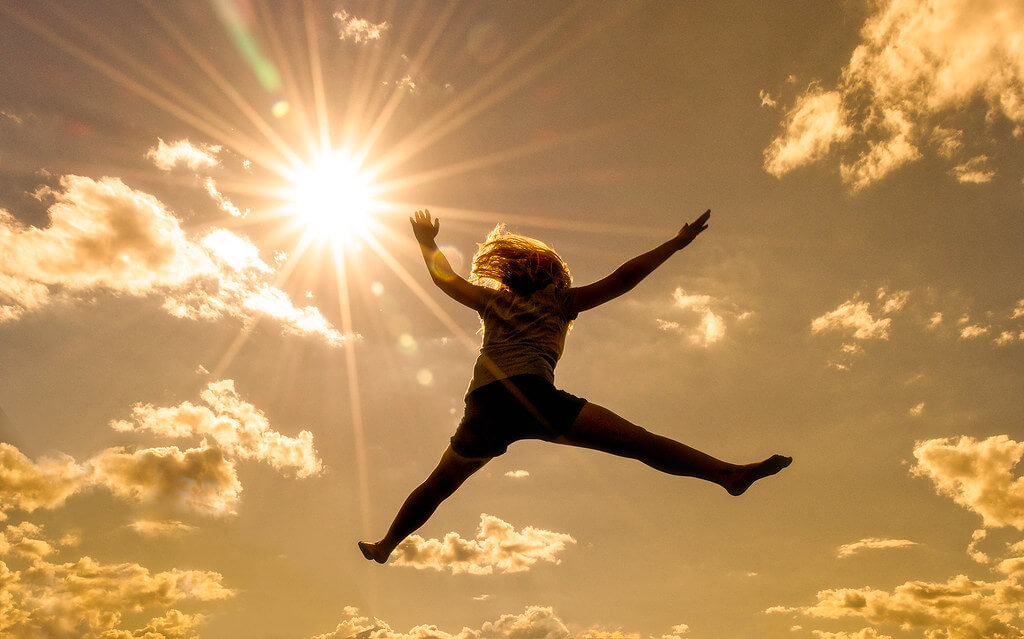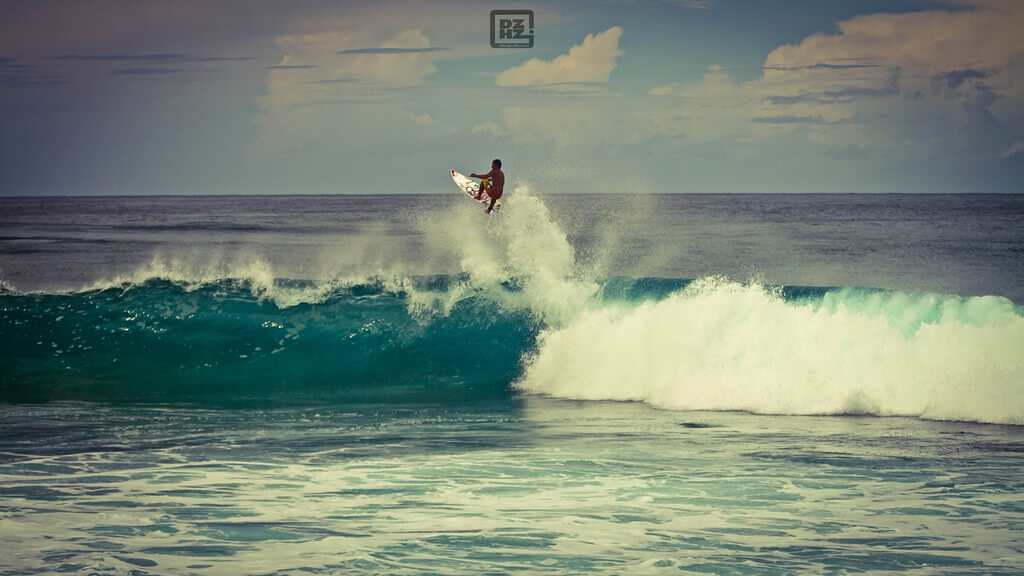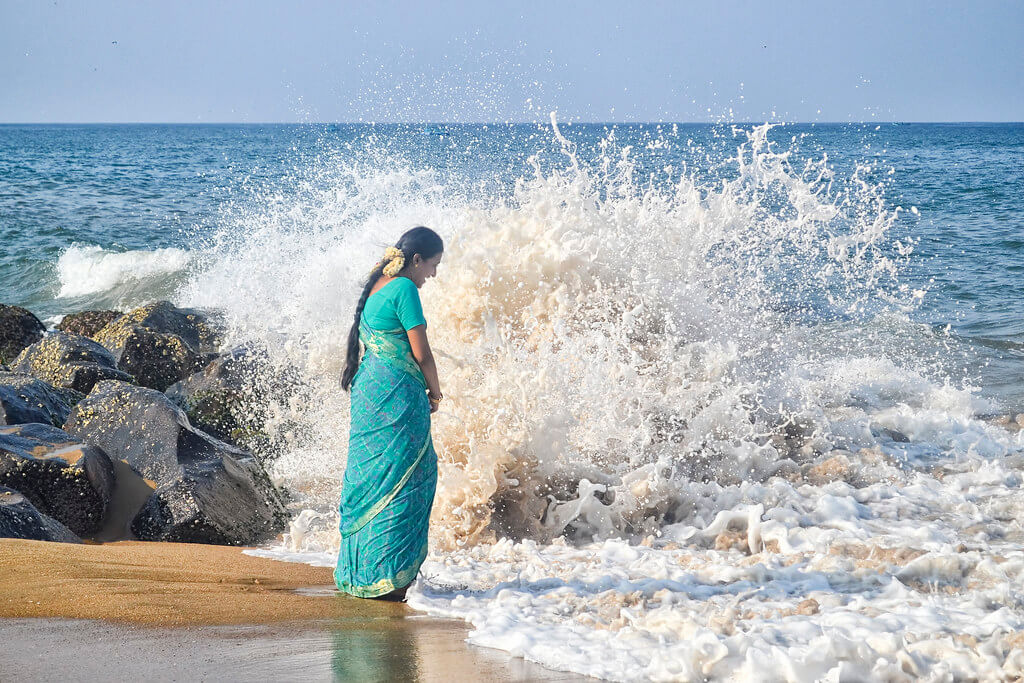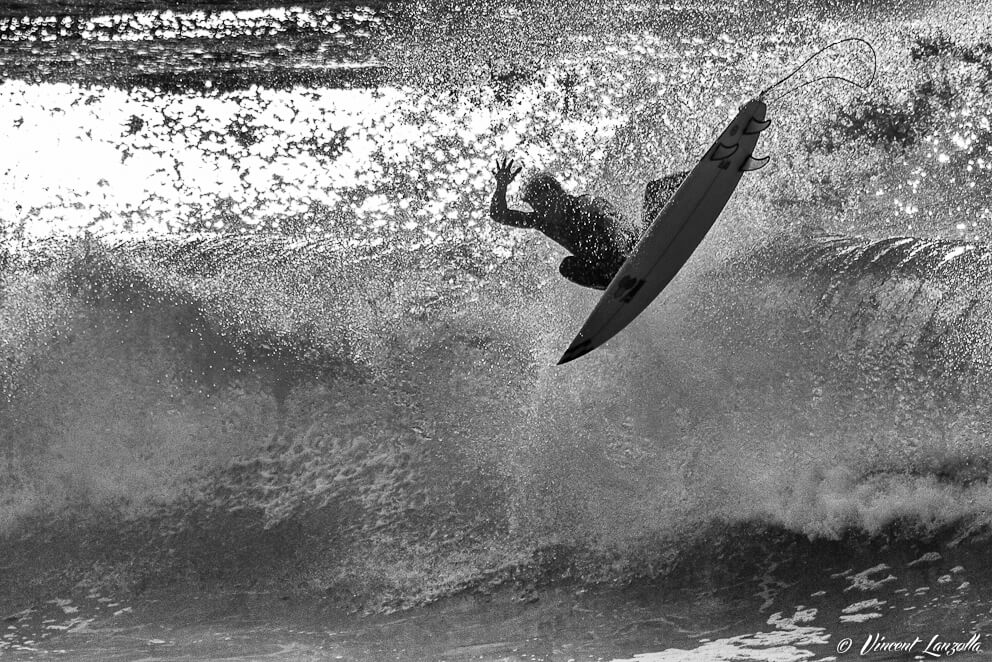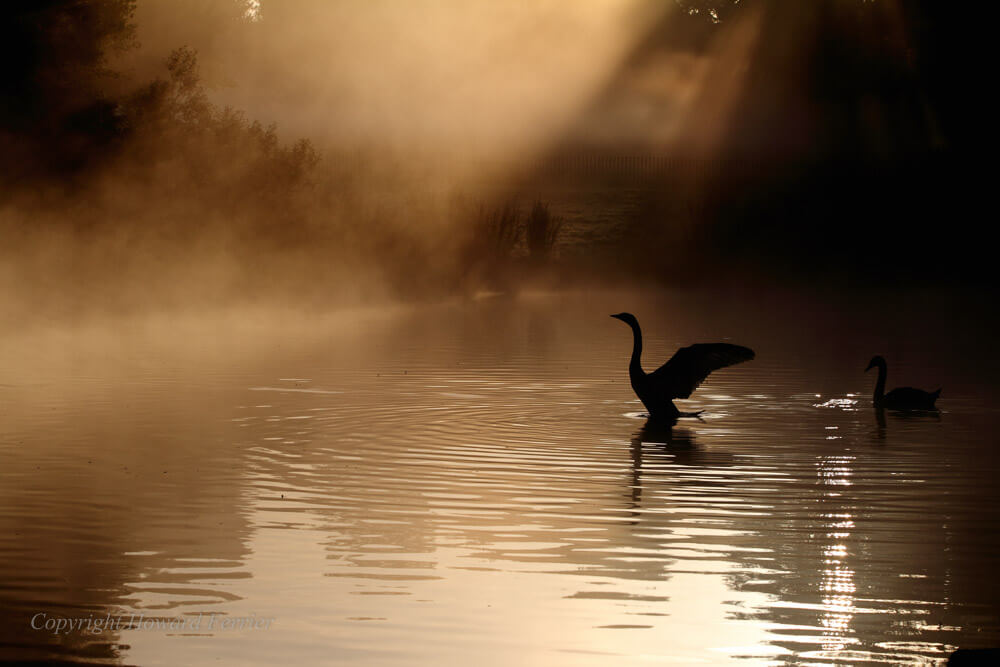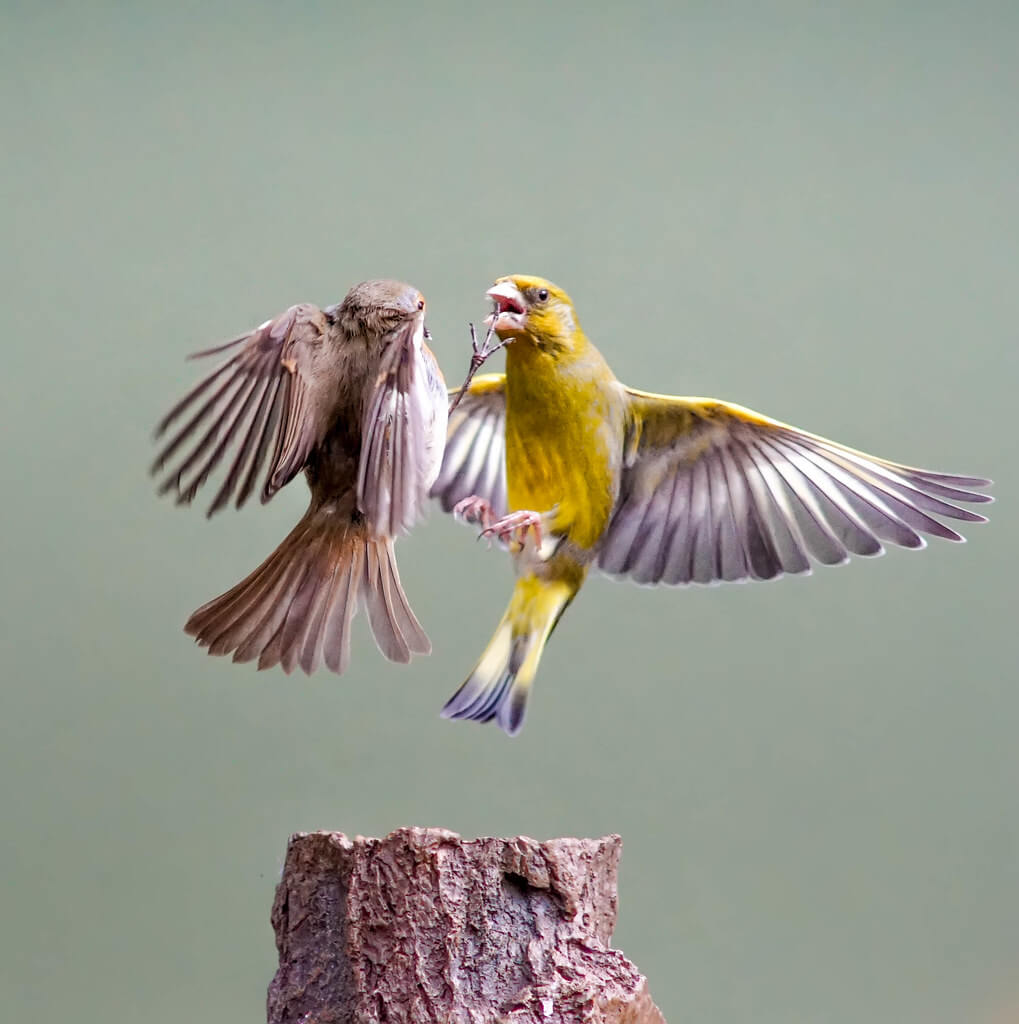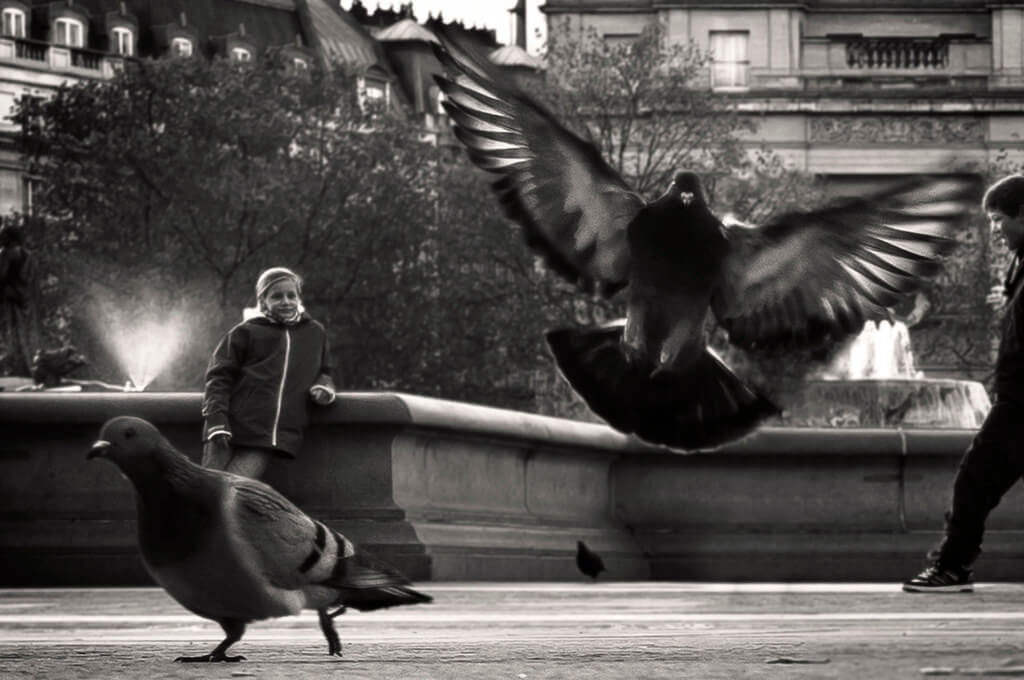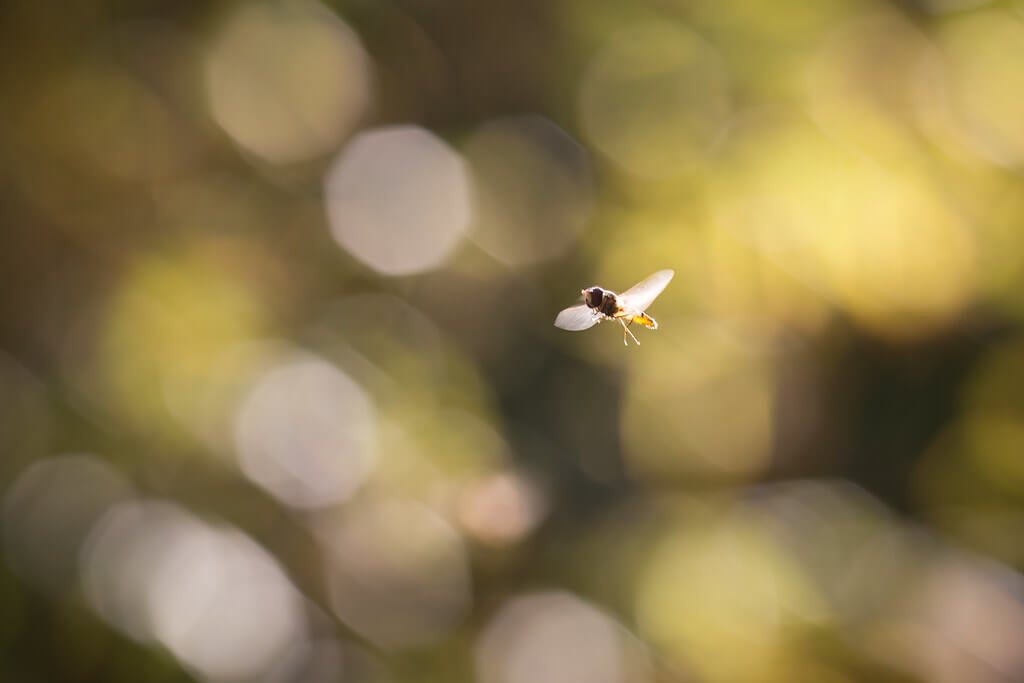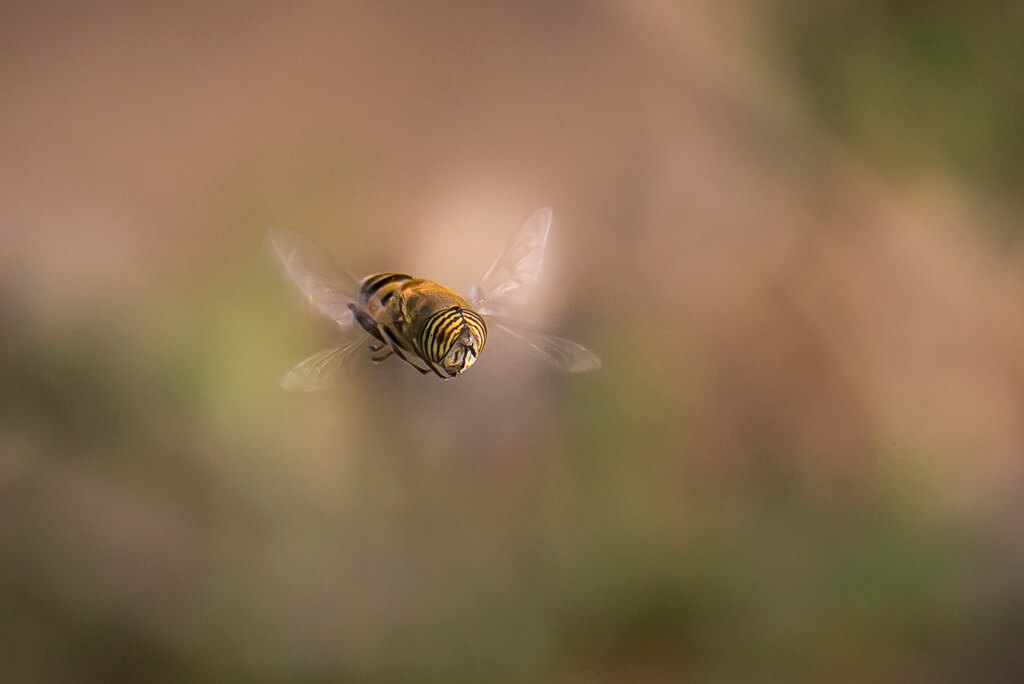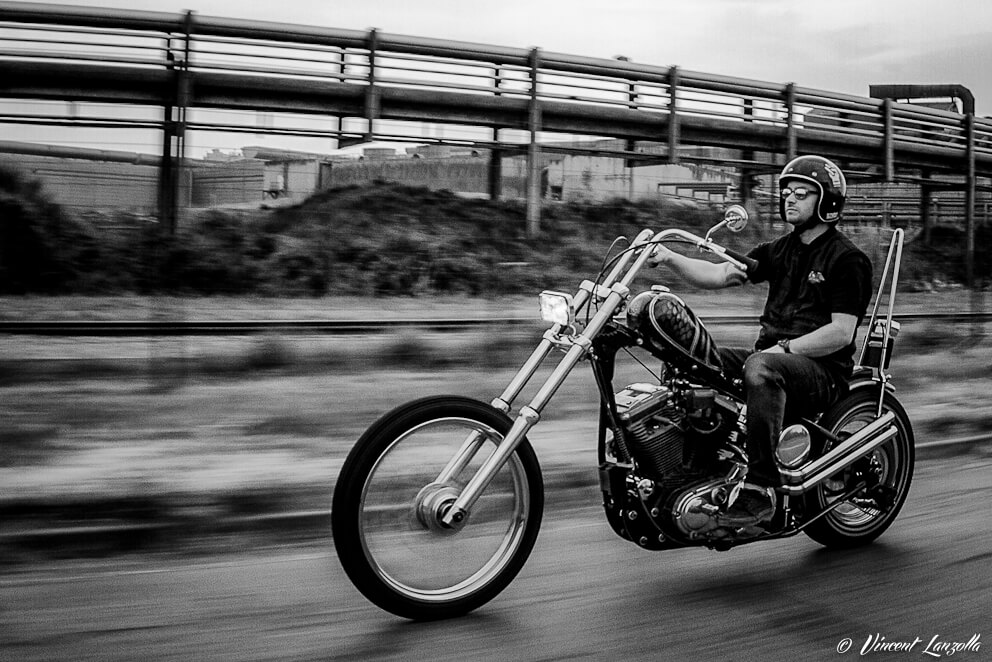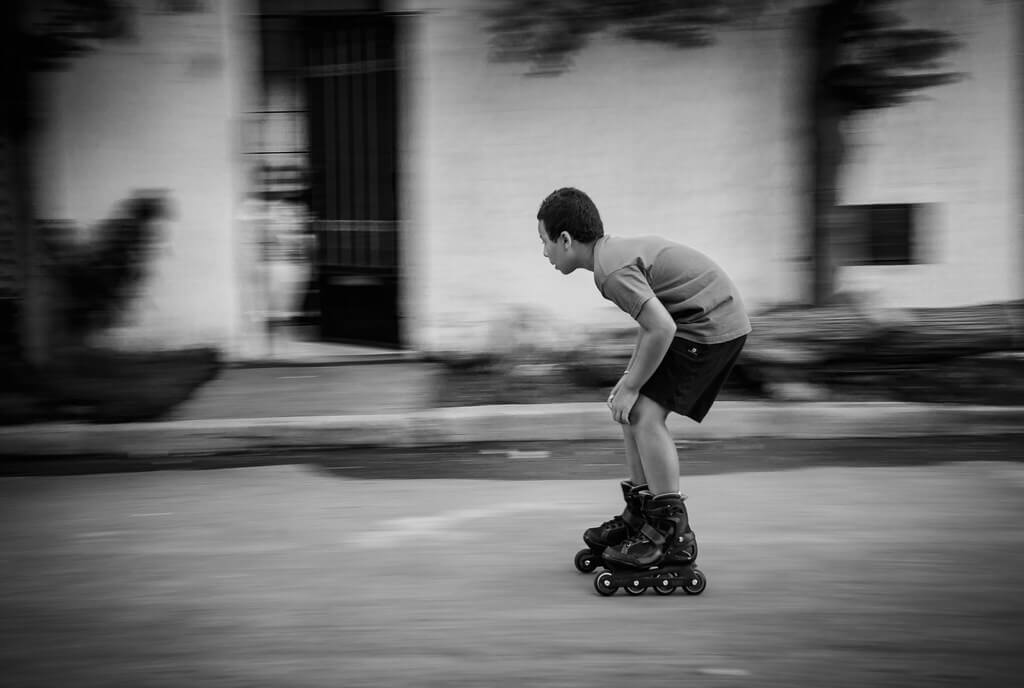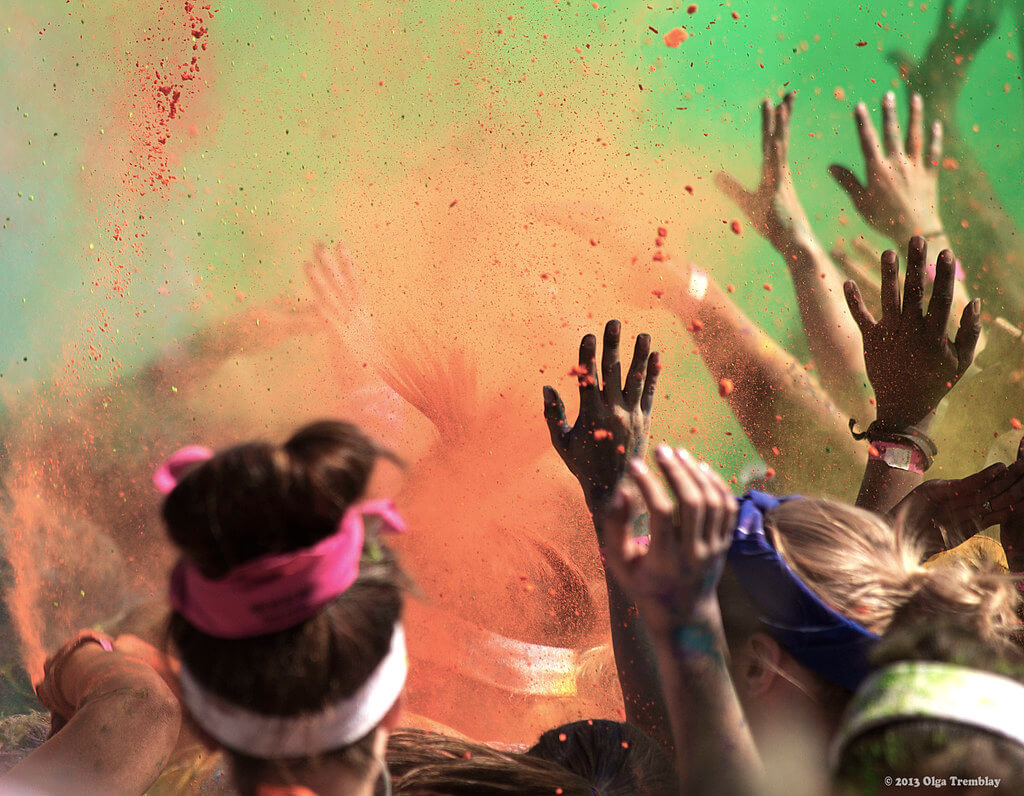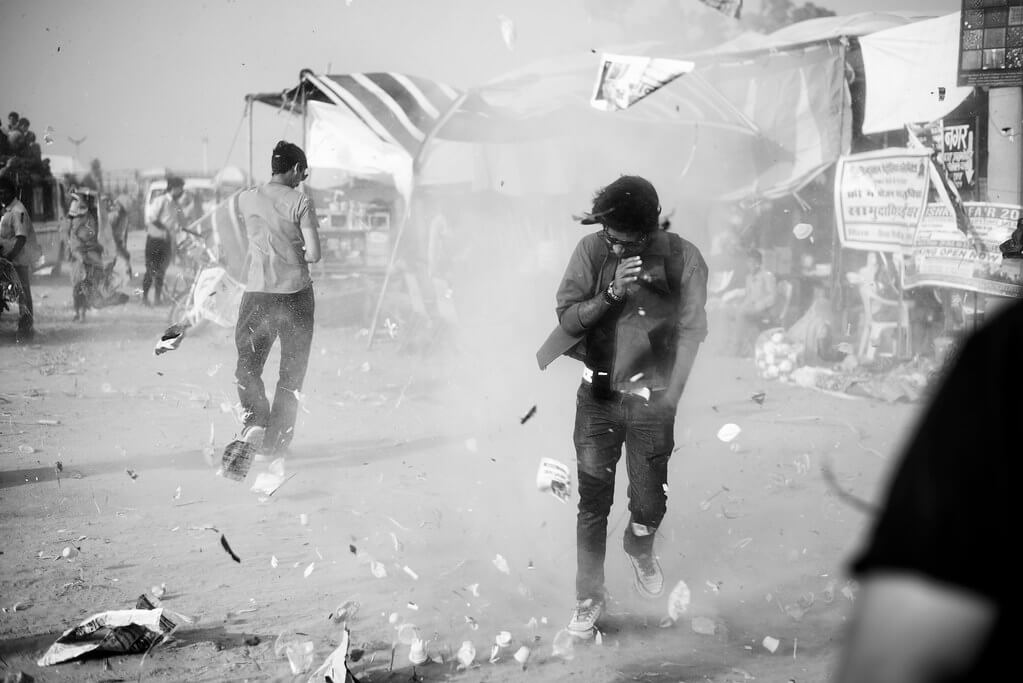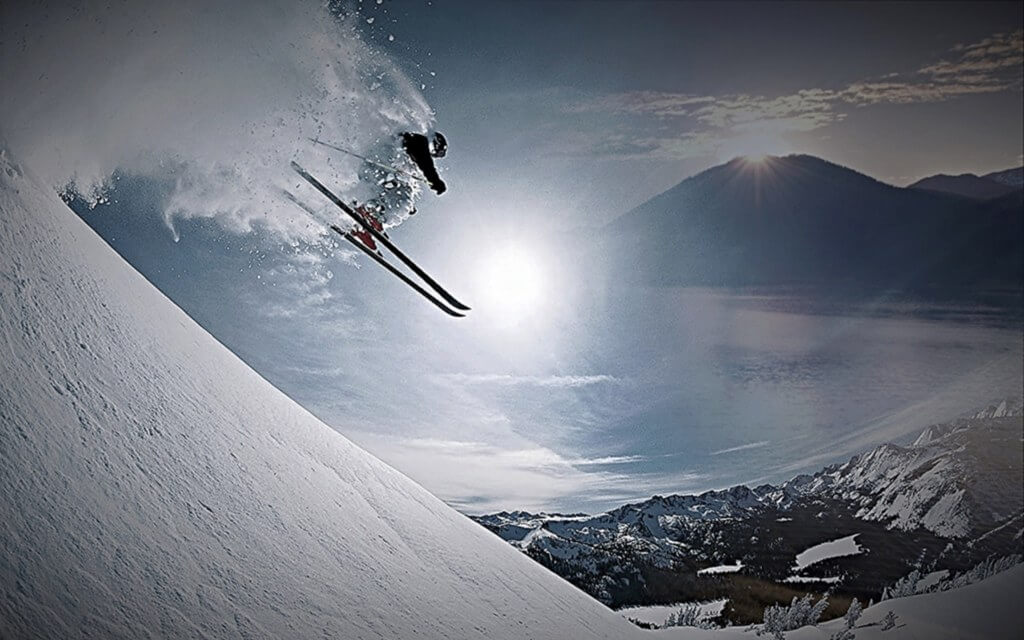Action photography is a great genre to try out if you want to broaden your photography skills. Practicing action shots can deepen your knowledge of your camera, open up more creative possibilities, and make you a more effective photographer overall.
To take good action photos, you first need to understand the exposure triangle (ISO, aperture, and shutter speed). That’s because most action shots require a short shutter speed like 1/1000 second. This fast exposure can capture a split-second moment, but it also changes the lighting of your image.
If your image is too dark because of your fast shutter speed, you can widen your aperture and/or bump up your ISO speed to increase your lighting. Widening your aperture is typically better because increasing the ISO will also increase the noise of your image, but if you want a specific depth of field, you’ll need to change the ISO instead of the aperture.
Of course, you don’t want to make these adjustments while the action is happening, or else you’ll miss the shot. That’s why professional photographers take time to plan their action shots beforehand. They consider where the action will probably be, then set up their camera accordingly.
For example, if you’re shooting a basketball game, you can plan for shots near the basket. If you want a nice photo of someone jumping into water, you can predict where they’ll jump and adjust your camera for that shot. Simply focus your camera on the empty spot where the action will be, and experiment with your settings until you get them right.
Finally, be sure to shoot in burst mode. Taking a series of shots will save you the frustration of missing the perfect image by a millisecond.
Excellent Subjects for Action Photography
Even with the right camera settings, beginners can get frustrated by action photography if they start out with challenging subjects. Hard subjects take a lot of time, practice, and luck to capture well, so if you’re new to the genre or need encouragement, try shooting easier subjects first. Then, you’ll be more likely to walk away from the shoot feeling motivated instead of discouraged.
Below are some great subjects for action photos. Some are well-suited for all photographers, while others require more patience or experience. Choose the subjects you feel comfortable with first, then work up from there when you’re ready!
Jumping People or Animals
Jumps are one of the easiest subjects in action photography to start with. That’s because you can repeat the same shot over and over again. Unless you’re photographing a unique jump, like at a sports event, you can redo the shot just by asking your model to jump again.
No model available? Try taking a portrait of yourself jumping. Then, you can get plenty of practice with no pressure to get the shot right the first time.
Tristan ‘Shu’ Lebeschu – Sebastien Chaigneau Trail Training
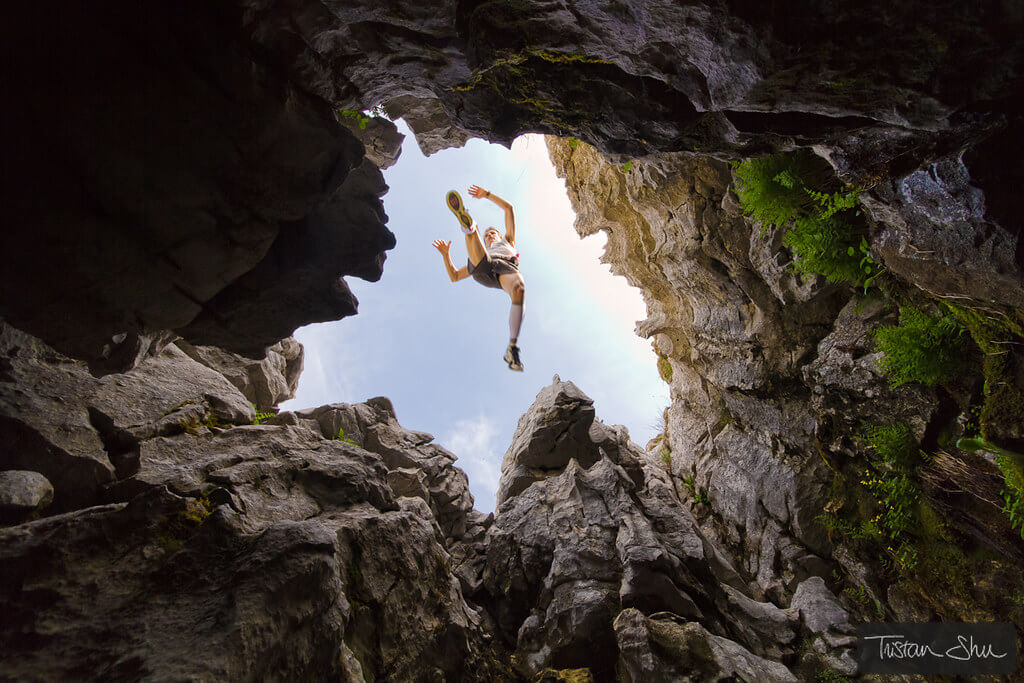
SooozhyQ – Fearless leap – Montezuma Falls, Costa Rica

Franco Ferri Mala – The Flying dog
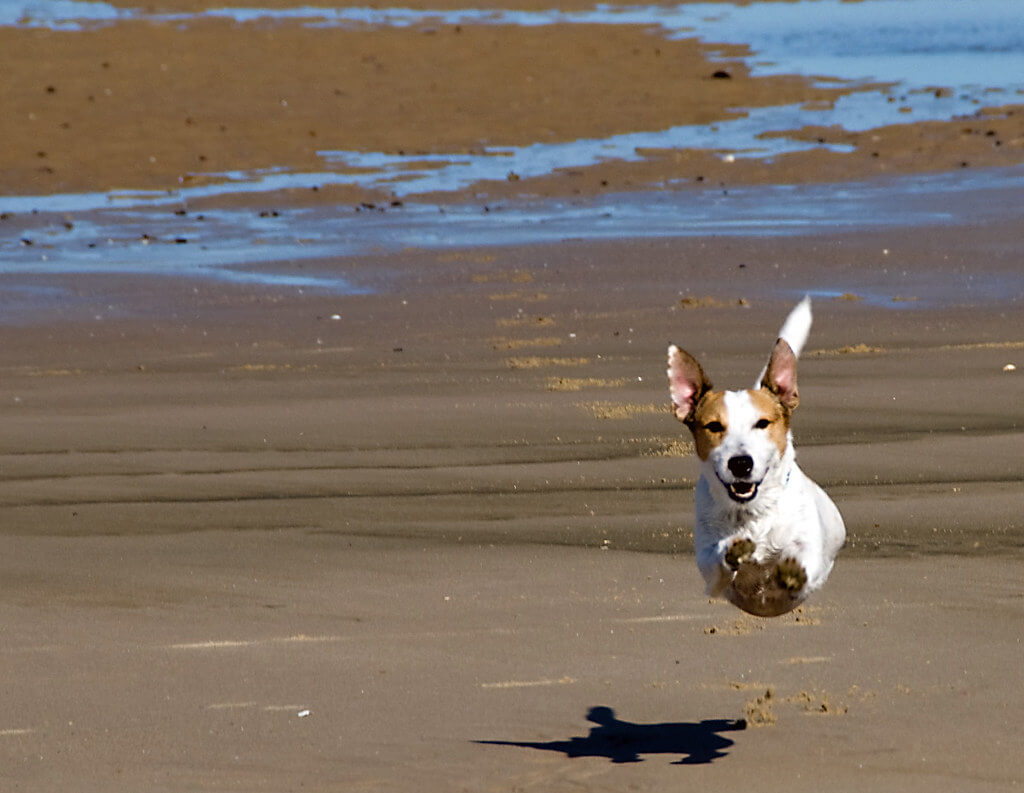
Ocean Waves
Waves are another subject you can shoot repeatedly with no pressure. Since they have a predictable pattern, you can miss a shot while knowing that another wave and opportunity will come.
Still, waves are harder to photograph than jumps because the best shots often involve other subjects, such as a surfer or person standing on the shoreline. You can master photographing the waves alone, but eventually, you’ll want to take your skills up a level by shooting a single, unrepeatable moment.
Amine Fassi – … Unlucky Fisherman
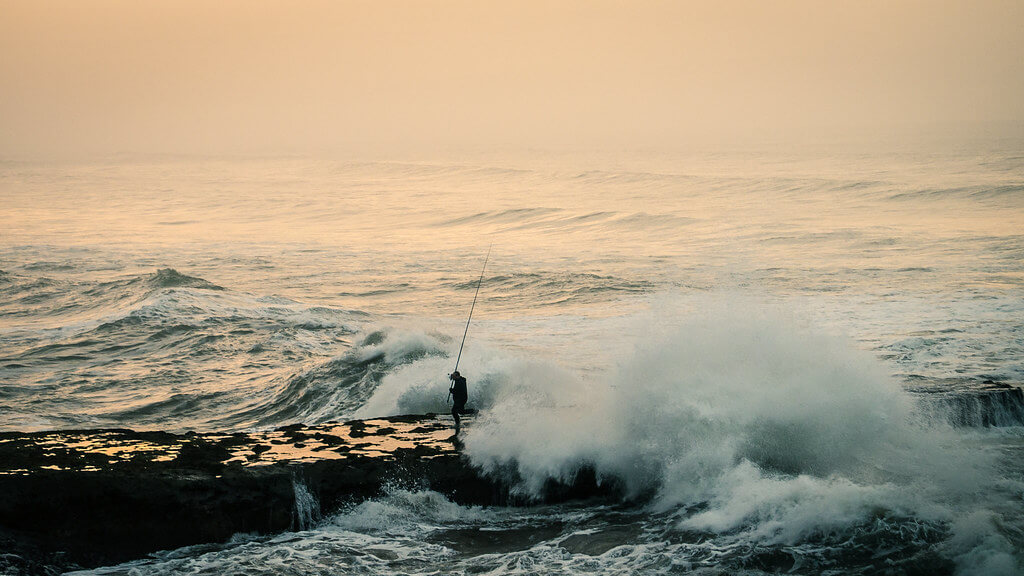
High-Energy Sports
Sports competitions are a nice choice if you want to practice shooting quickly with moments you can miss. Because there’s usually so much happening in a competition, you can practice shooting the entire time.
This way, you can experience missing shots with less discouragement, since new opportunities will inevitably come up. At first, you might struggle to capture the right moments with minimal blur, but through the course of a single game, you can learn a lot and end up with excellent shots.
Alejandro Garcia Bernardo – Untitled
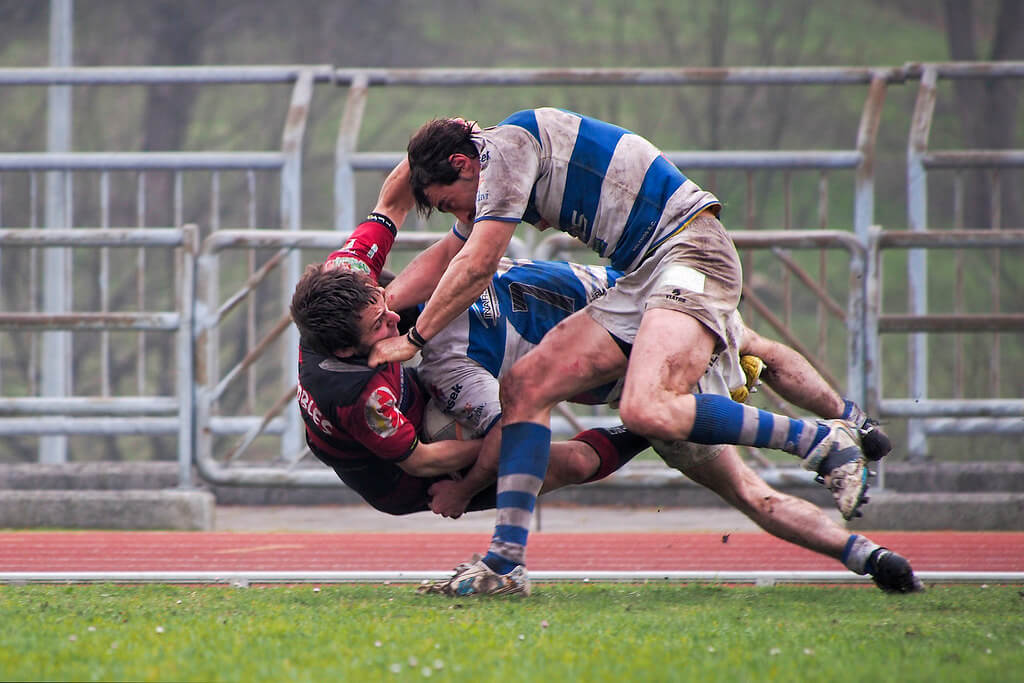
Chuck Skallerud – Soccer Moves
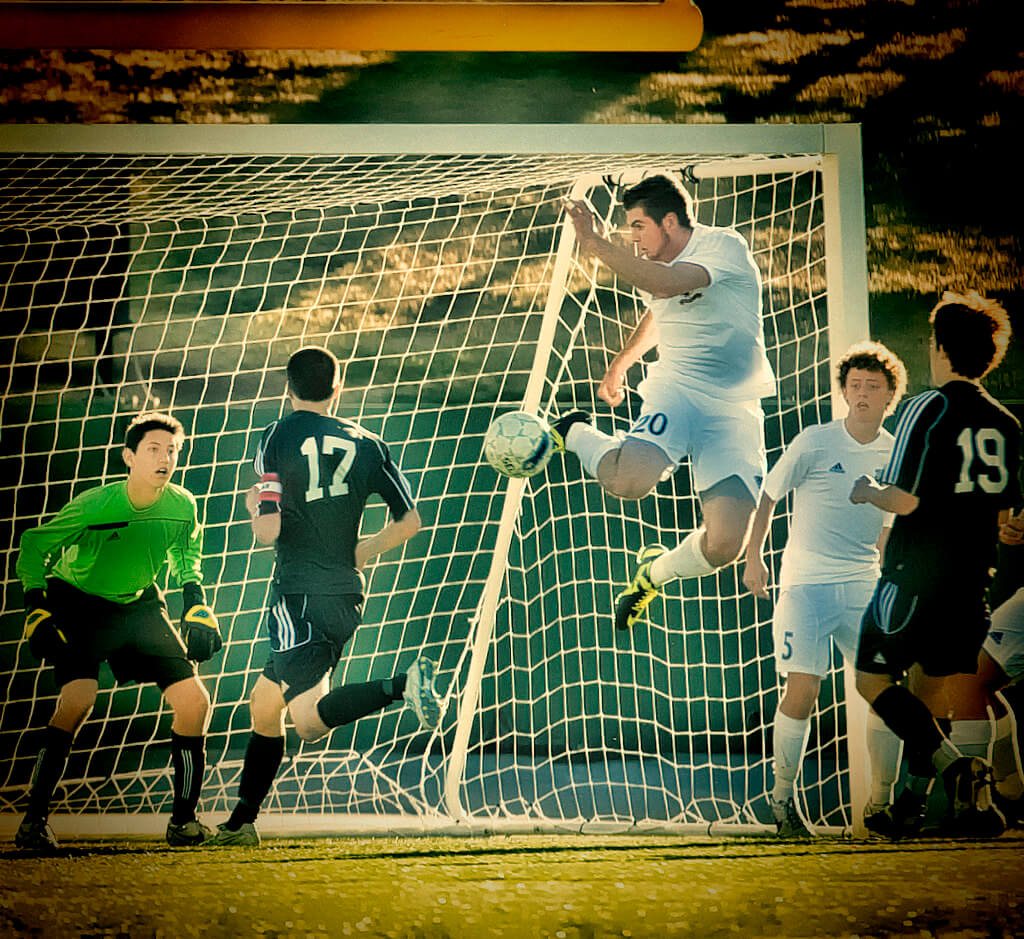
Tristan ‘Shu’ Lebeschu – Sandy Diaz at Tony Hawks & Friends Demo
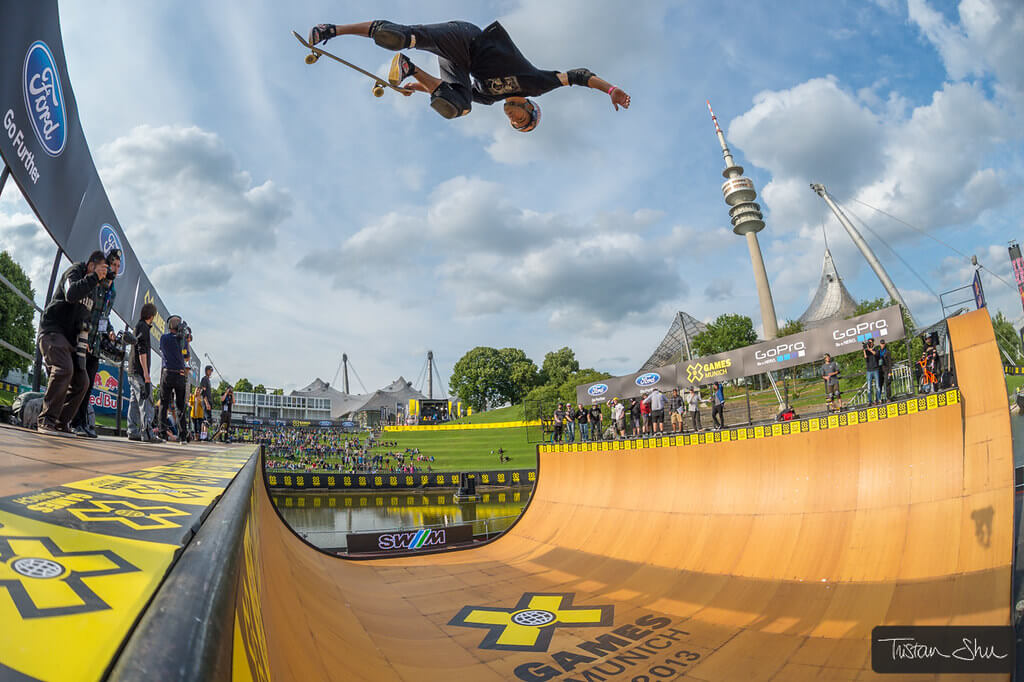
Tristan ‘Shu’ Lebeschu – Tail Grab at Sunset
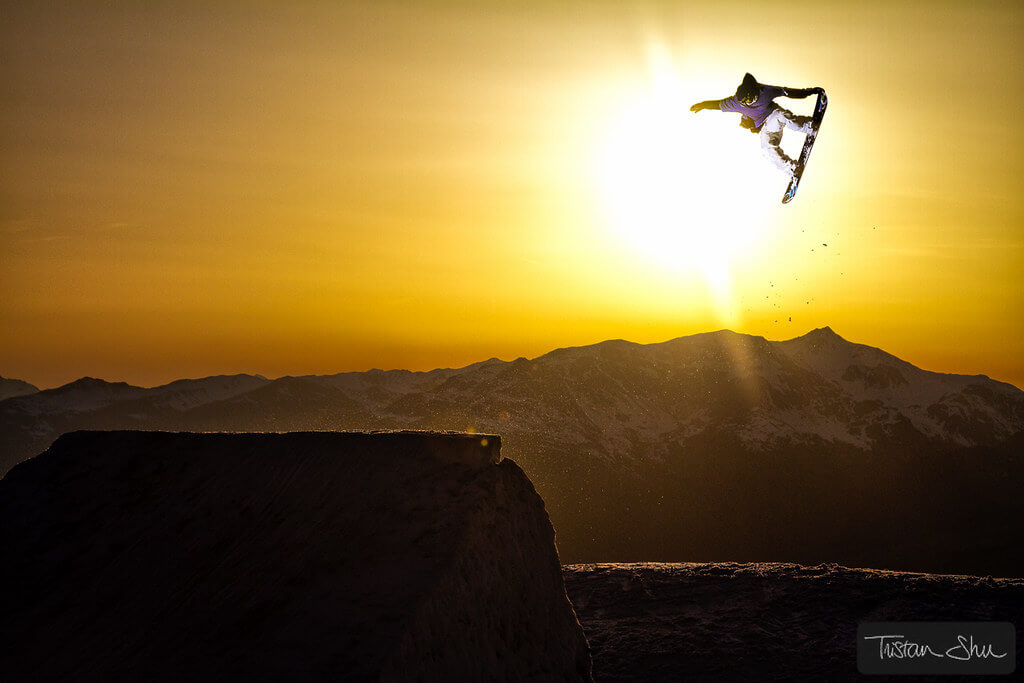
Birds
Birds can be either easy or hard to photograph, depending on how fast they’re moving. If you want to get a shot of a hummingbird with no blur, for example, you’ll need more patience and skill than with a slow-moving swan.
In other words, birds are a great subject for building your experience. You can start off easy with slow birds, then increase the challenge by photographing faster-moving birds.
Nomads Nature Photography – Frenzy
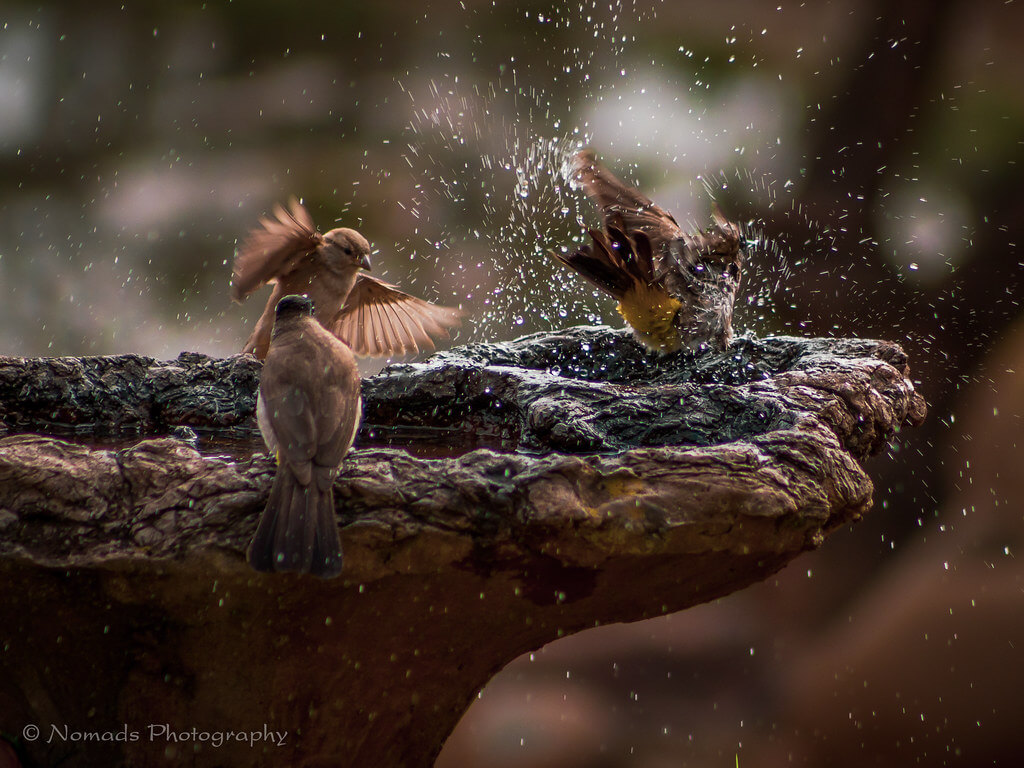
Yane Naumoski – Day 342: Feeding frenzy
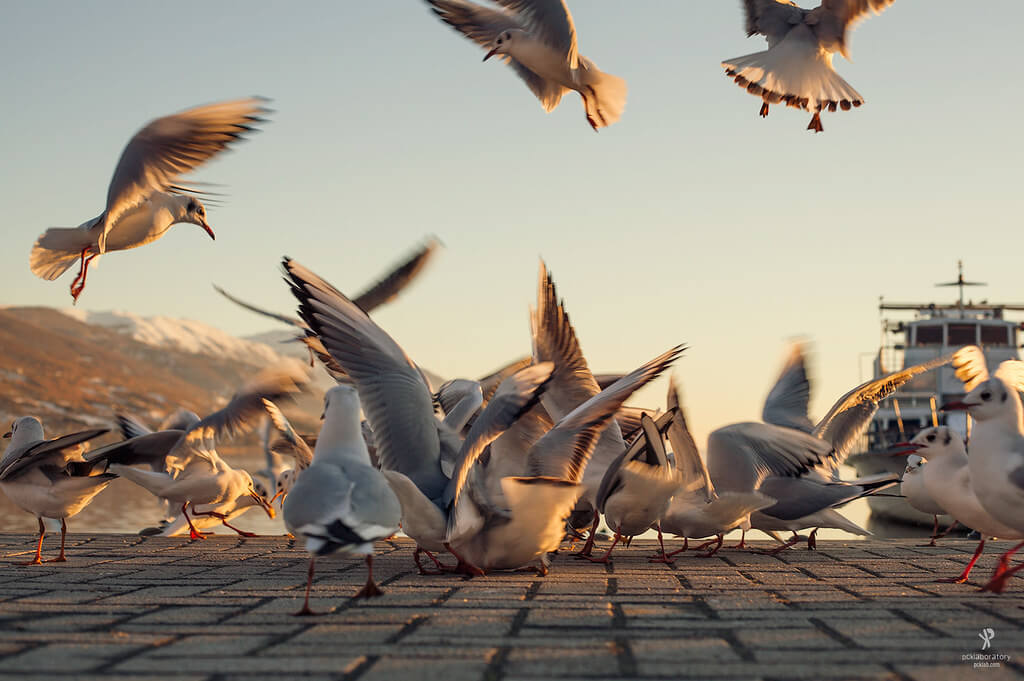
Flying Insects
Done with birds? You can increase the challenge by photographing flying insects instead. If you feel intimidated by this subject, try breaking down the challenge into several steps.
For instance, you can first work on your macro photography with slow-moving insects. Next, try photographing an insect that’s about to fly off, like a ladybug spreading its wings. Finally, look for insects that hover while flying, such as carpenter bees or syrphid flies. These hovering insects will give you the best chance at capturing a fantastic action image.
Alex Greenshpun – Take to the Sky
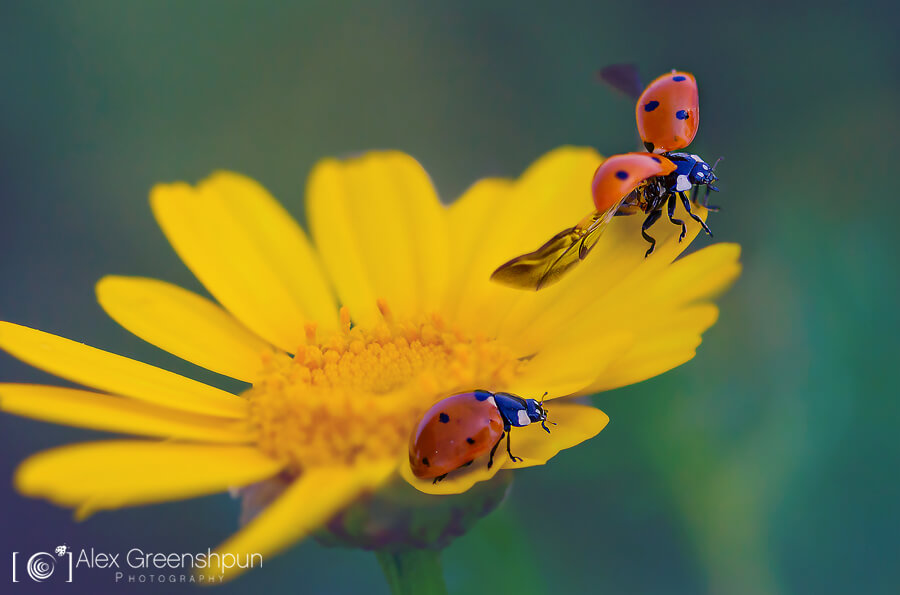
Sheri Elizabeth – Looking At You, Looking At Me
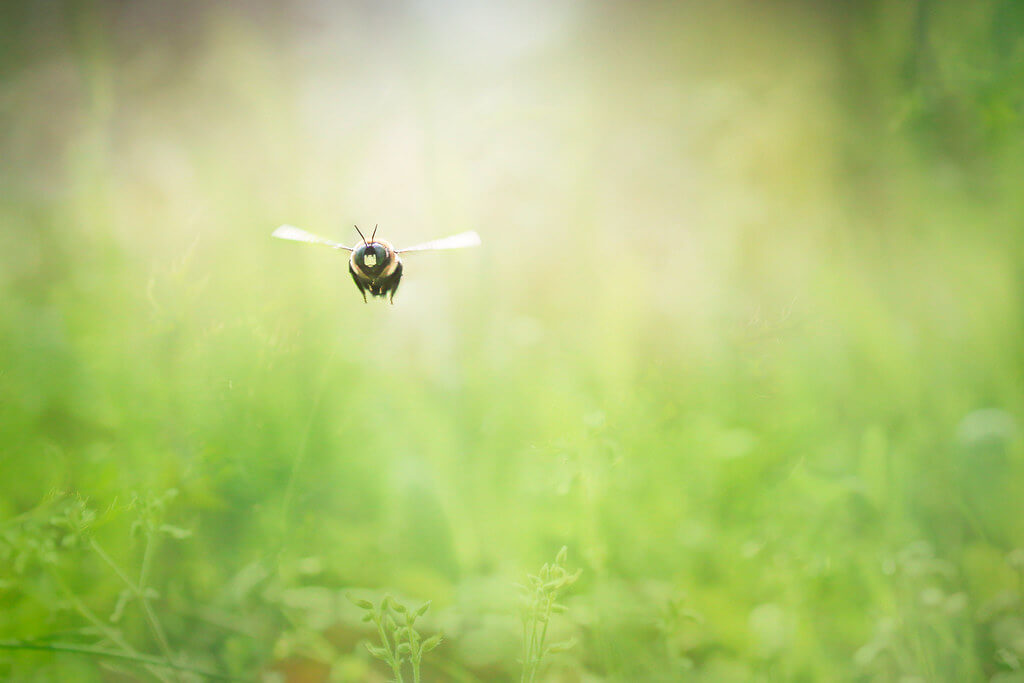
Camera Panning
While most action photography requires a fast shutter speed, you can get cool images with a slow shutter speed, too. All you need to do is “pan” your camera, or follow the subject with your camera during the exposure.
This technique causes the background to blur, while your subject stays (partially) in focus. It creates a sense of energy and movement that can sometimes be lacking from “frozen” action photos. For tips on camera panning, check out this excellent video tutorial from Mango Street.
Ken Lane – Lamborghini Gallardo LP570 Superleggera (Heavens Landing, Clayton GA)
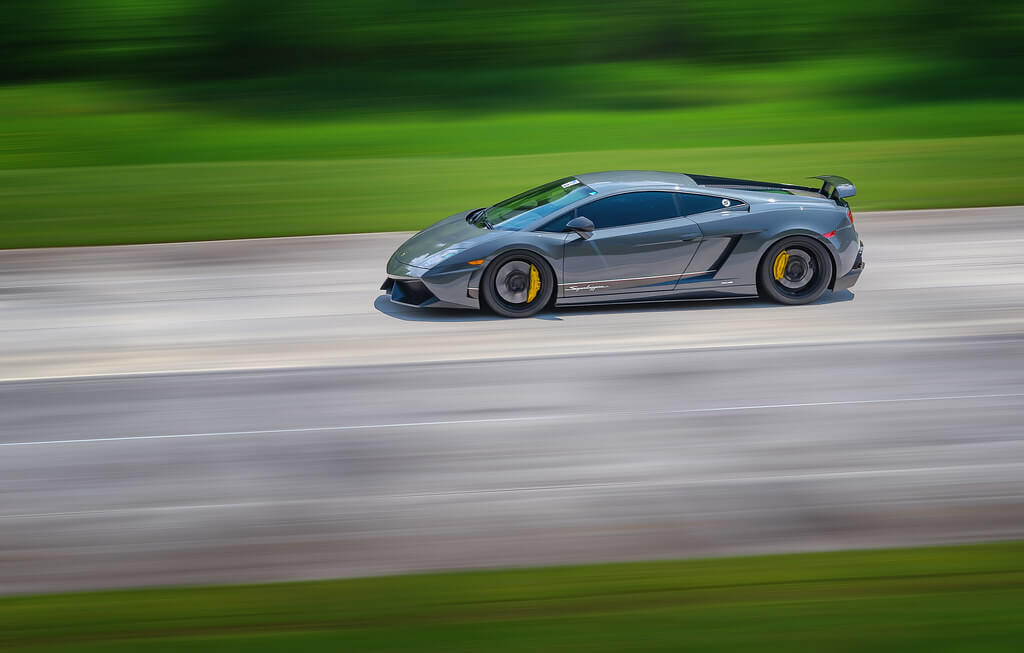
Alejandro Garcia Bernardo – EnduroBtt
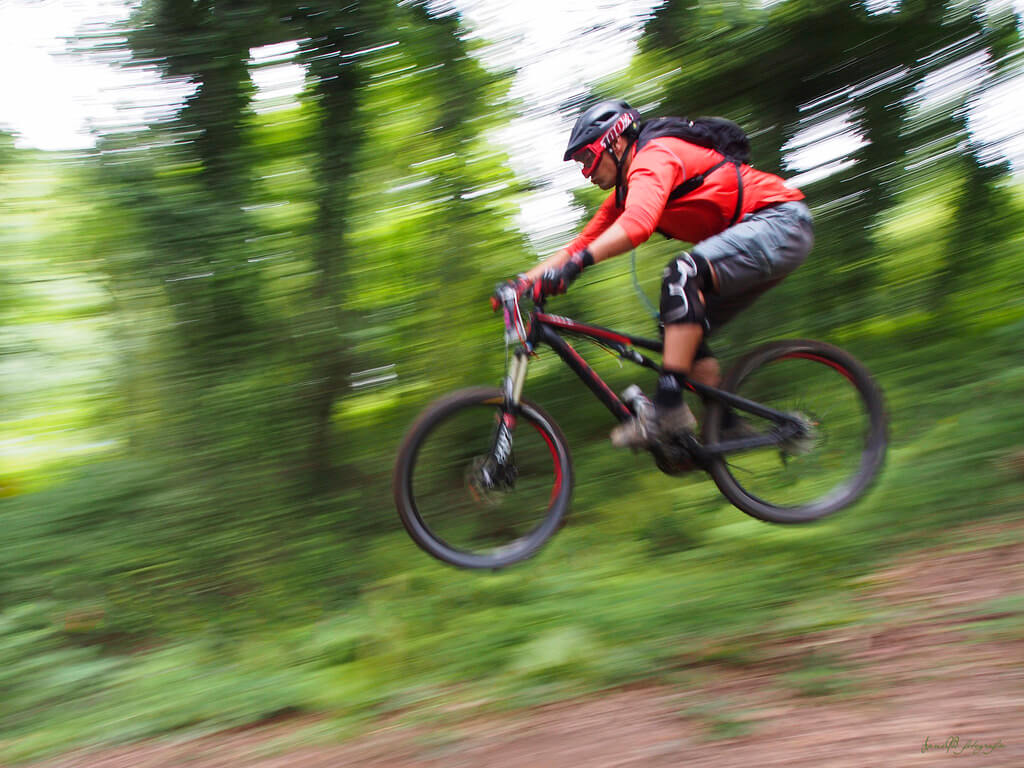
Otacílio Rodrigues – Skating away
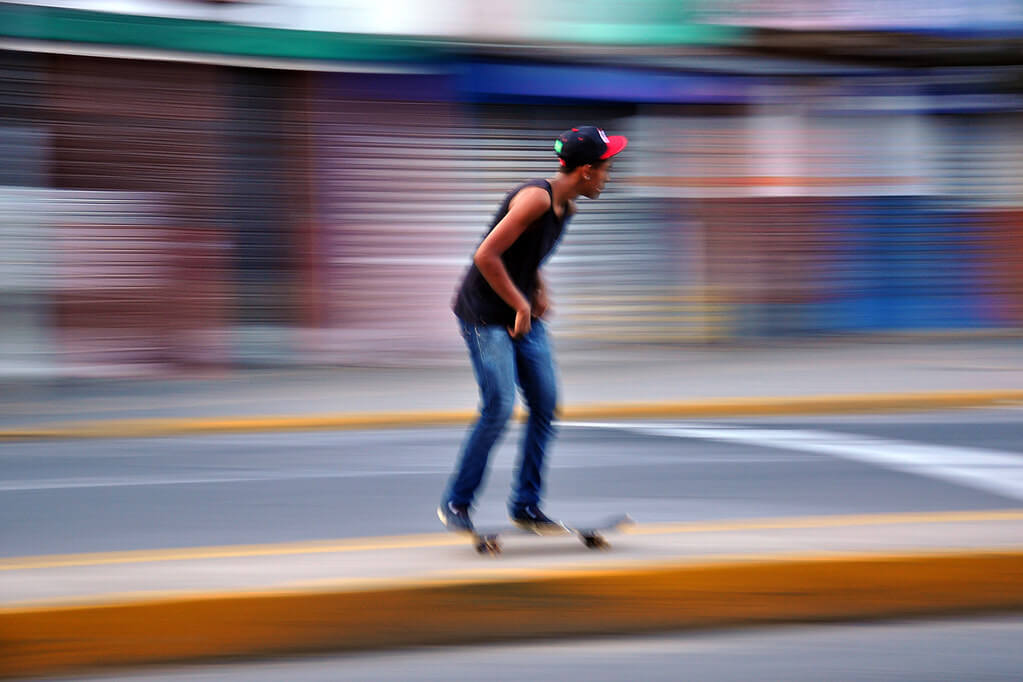
Sand / Dust / Powder
Another way to create a sense of movement in your action photo is to shoot somewhere with sand, dust, or powder, which can billow up into the air. This “cloud” can give the impression of movement because it shows a path of action. Viewers can see where the subject came from and where it’s going. It also singles out the moving subject, separating it from everything else in the frame.
Amine Fassi – Fantasia riders – Peplum movie Crop
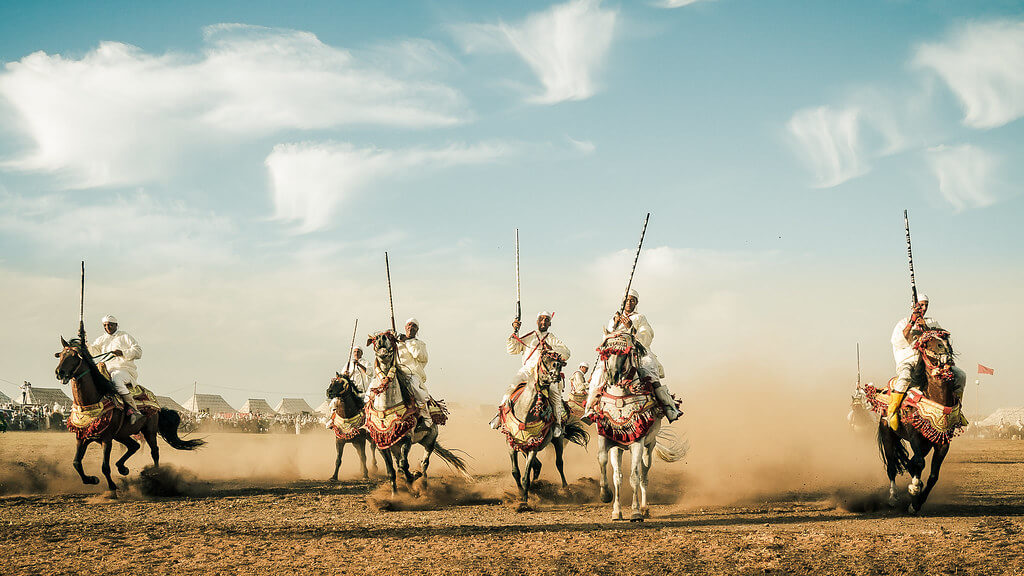
Tristan ‘Shu’ Lebeschu – Unlimited playground
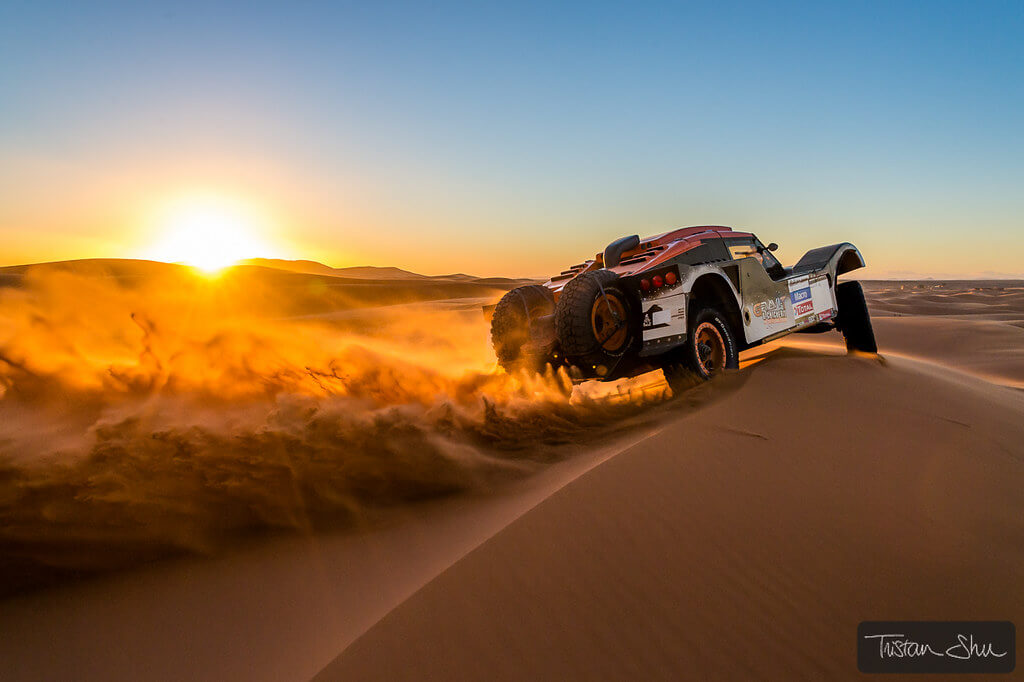
Snow Powder
Using powder to highlight action can be particularly effective with skiers or snowboarders in fluffy snow. Though you can get stunning shots of skiers jumping without any snow powder around them, a trail of snow creates a better sense of movement and captures the environment more clearly.
Tristan ‘Shu’ Lebeschu – Powerful Turn with Adrien Coirier
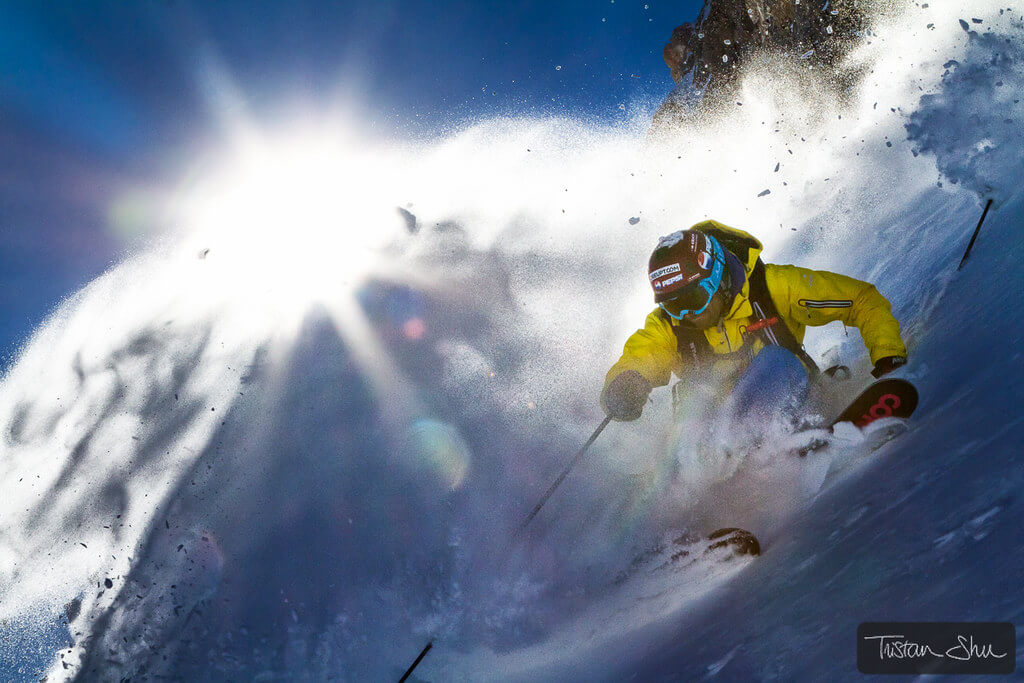
Tristan ‘Shu’ Lebeschu – Powerful powder turn with Loic Die
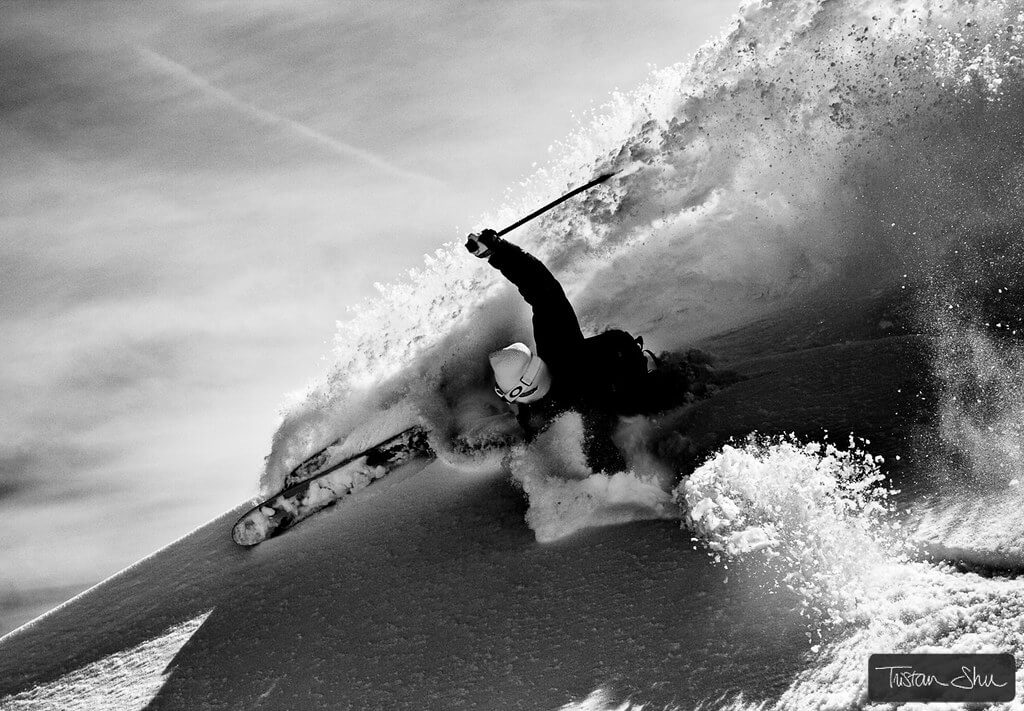
Tristan ‘Shu’ Lebeschu – Jumping Legends with Candide Thovex & Guerlain Chicherit
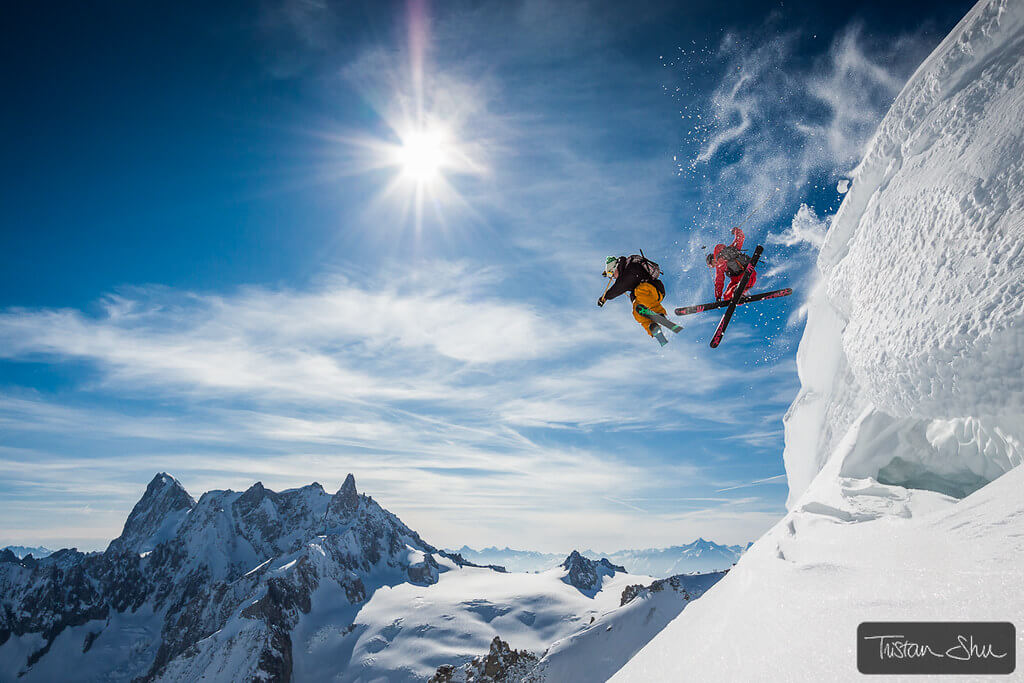
Water Drops
Water drops are not the best subject for beginners unless you’re patient, determined, or feeling lucky. You might need to take the same shot a hundred times to get a decent image, and a thousand times for a brilliant one. But if you love the thrill of getting a perfect image after persevering for a while, water drops might be your thing.
Then again, it’s one of the few action shots you can easily do at home, so you’re not dependent on anything else. You can also adjust the challenge. Capturing a single drop takes more patience, while continuous splashing, like water pouring from a faucet, is fairly simple. Wherever you are, you can get beautiful images with water!
Heidi Southworth – Flying Away

Tuhin alom Photography – drop the water
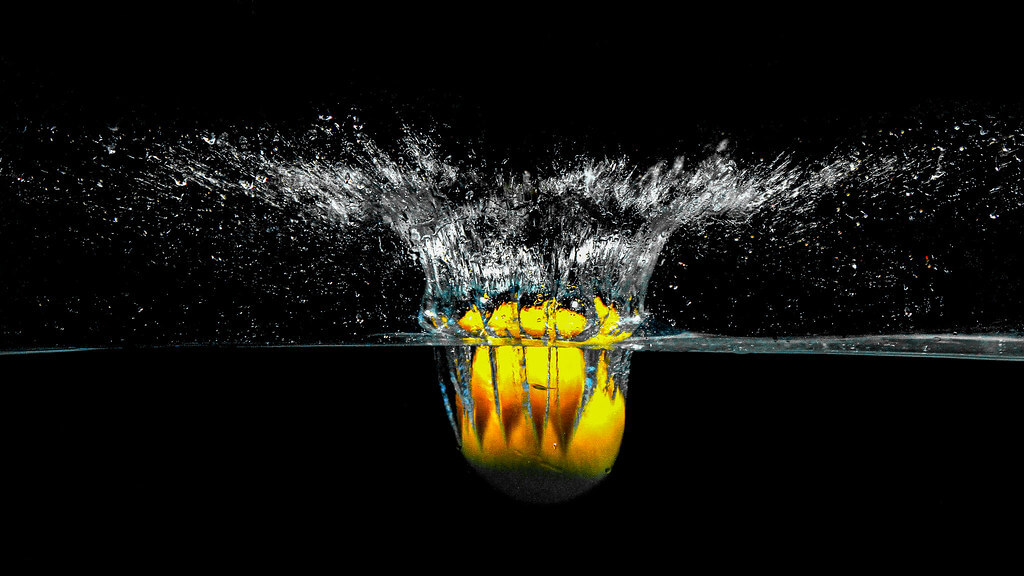
ruben alexander – Torque at 0.00025 seconds
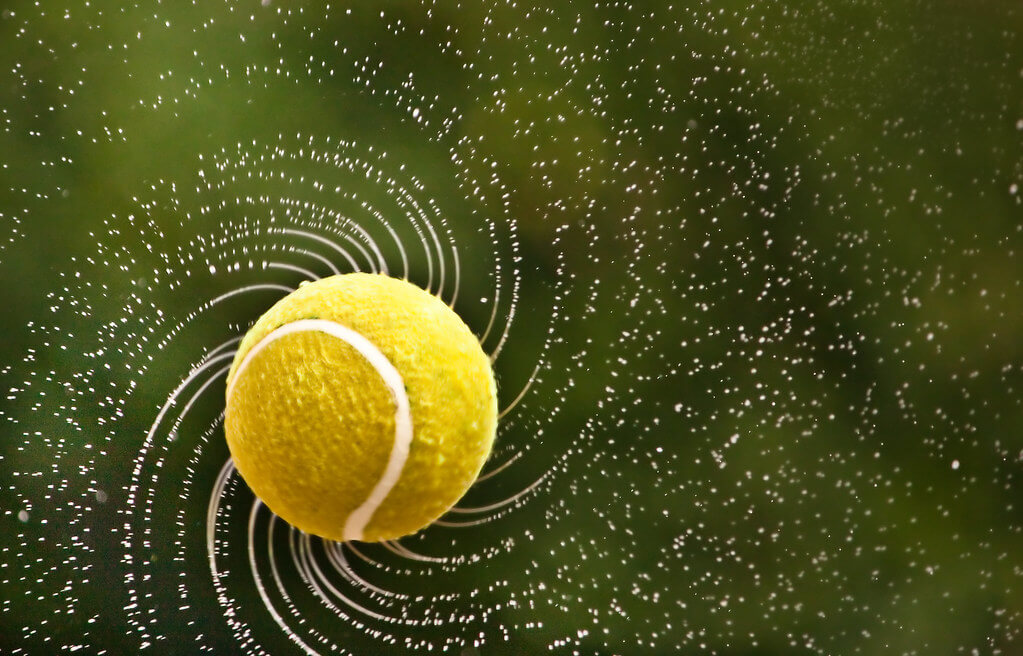
Vikas Sandhu – A spoonful of splashes
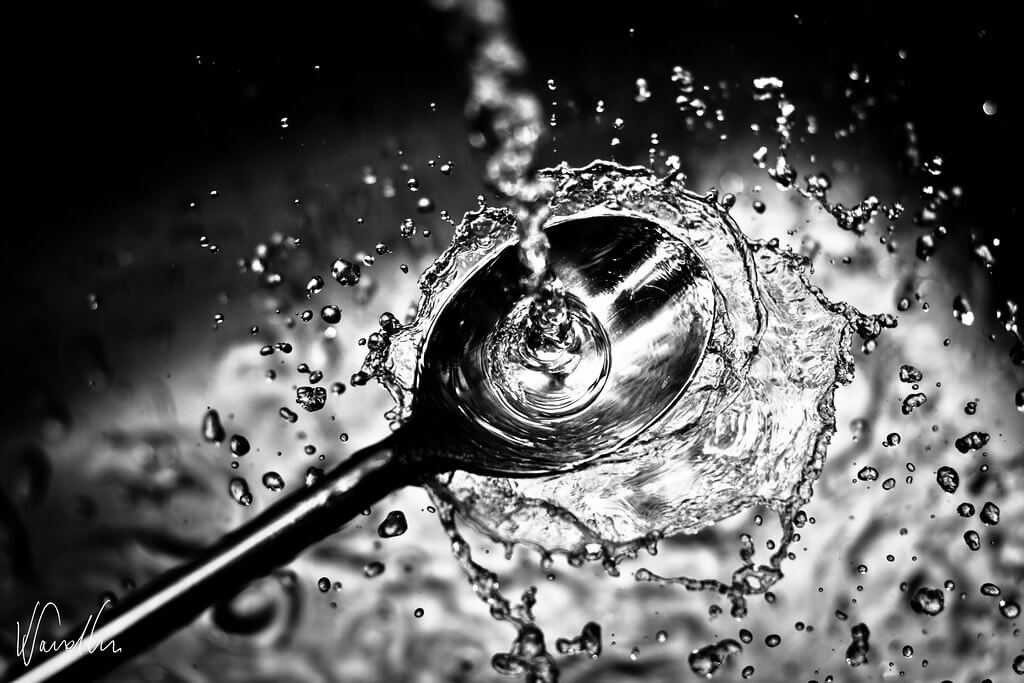
Many of the above images were selected from our creative Flickr community. Join our group for more inspiration, and submit your images, too, so we can be inspired by your work!
